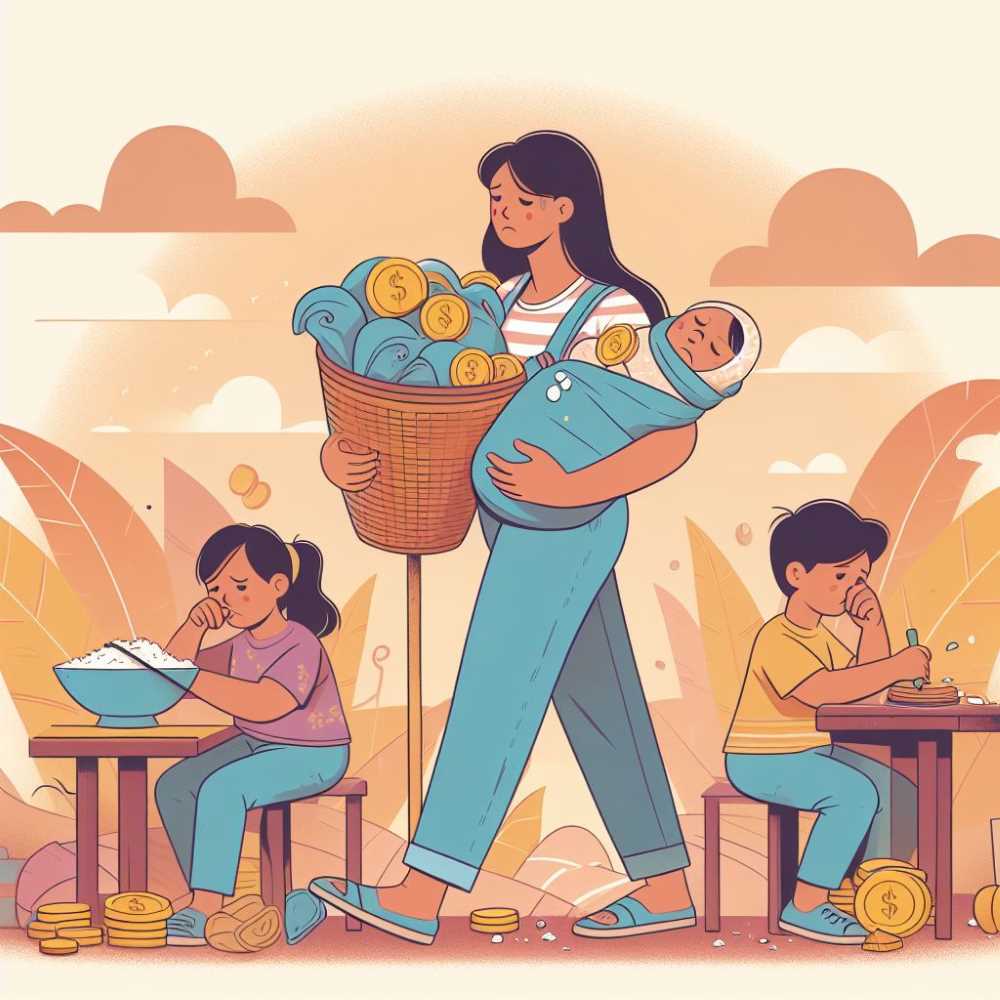How Latin America's Care Crisis Holds Women Back
Latin America faces a care work crisis. Women bear the brunt, facing inequality and limited options. Experts call for state action to transform the system.

The kitchen clock ticks past midnight, but María's house isn't quiet yet. There are dishes to wash, lunches to pack, a sticky floor to mop. Her daughter sniffles from a lingering cold, demanding another glass of water. María's feet ache, her eyes burn. But the work isn't done, and it never will be. She is a mother, a wife, a housekeeper. And like millions of women across Latin America and the Caribbean, her work is ceaseless, unpaid, and woefully undervalued.
Dr. Lourdes Velasco Domínguez, a researcher at UNAM's Regional Center for Multidisciplinary Research, calls it a “crisis in care work”—a crisis rooted in the region's stubbornly persistent social inequalities. While the concept of care work might seem abstract, it's as concrete as a hot meal and as vital as a comforting hug. It's the labor that keeps babies fed, homes livable, the elderly safe, and entire societies functioning. But who, exactly, handles this monumental, unending task?




